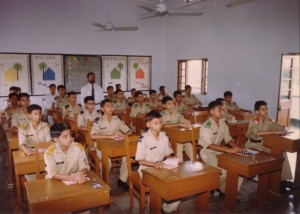Just in time for the Ottawa Conference in Perth last week, we were able to demonstrate activity metrics generated by OpenLabyrinth via the ADL Experience (xAPI, a.k.a. TinCan API) to multiple Learning Record Stores (LRSs).
xAPI is really catching on in educational tracking and research. It is a much lighter, more agile approach than SCORM and looks set to replace it. Much has been written about xAPI over the past two years, which I won’t repeat here. Enough to say that it is simple, yet very powerful in what you can do with it.
Now, in OpenLabyrinth, which already has a very detailed and powerful set of internal metrics built into it, we can now extend what can be done with our platform and track learning experiences across many simulation modalities. OpenLabyrinth has already proven to be remarkably effective at integrating learning activities – our ‘conceptual glue’ as we call it. We have written about this many times in the past on how we have used OpenLabyrinth to tie together various activities into a consistent logical pathway or narrative.
Now, we can do this with a wider variety of other tools and yet still track what learners and teachers are actually doing within these learning objects. Sharing of open educational objects is not about the metadata of where they are stored and what learners can do with them; it is about the activity streams of what they actually do… in real life… and real time.
Our dev team at ITRex has done a really nice job of integrating xAPI into our core structures. We are now able to perform a post-hoc analysis in great detail over selected cases, scenarios or date ranges. This can even be done, thanks to OpenLabyrinth’s strong internal metrics, on cases that were written and played long before xAPI existed!
We can also do real-time tracking of activity metrics, send xAPI statements out to the LRS immediately. We have been cautious in implementing this so as not to bog down our poor little servers. But it works… and opens up some really interesting cross-platform communications.
At present, we are sending statements to our GrassBlade LRS and to SCORM Cloud, hosted by Rustici. If others are interested in exploring this with us, contact us via one of the usual methods.






